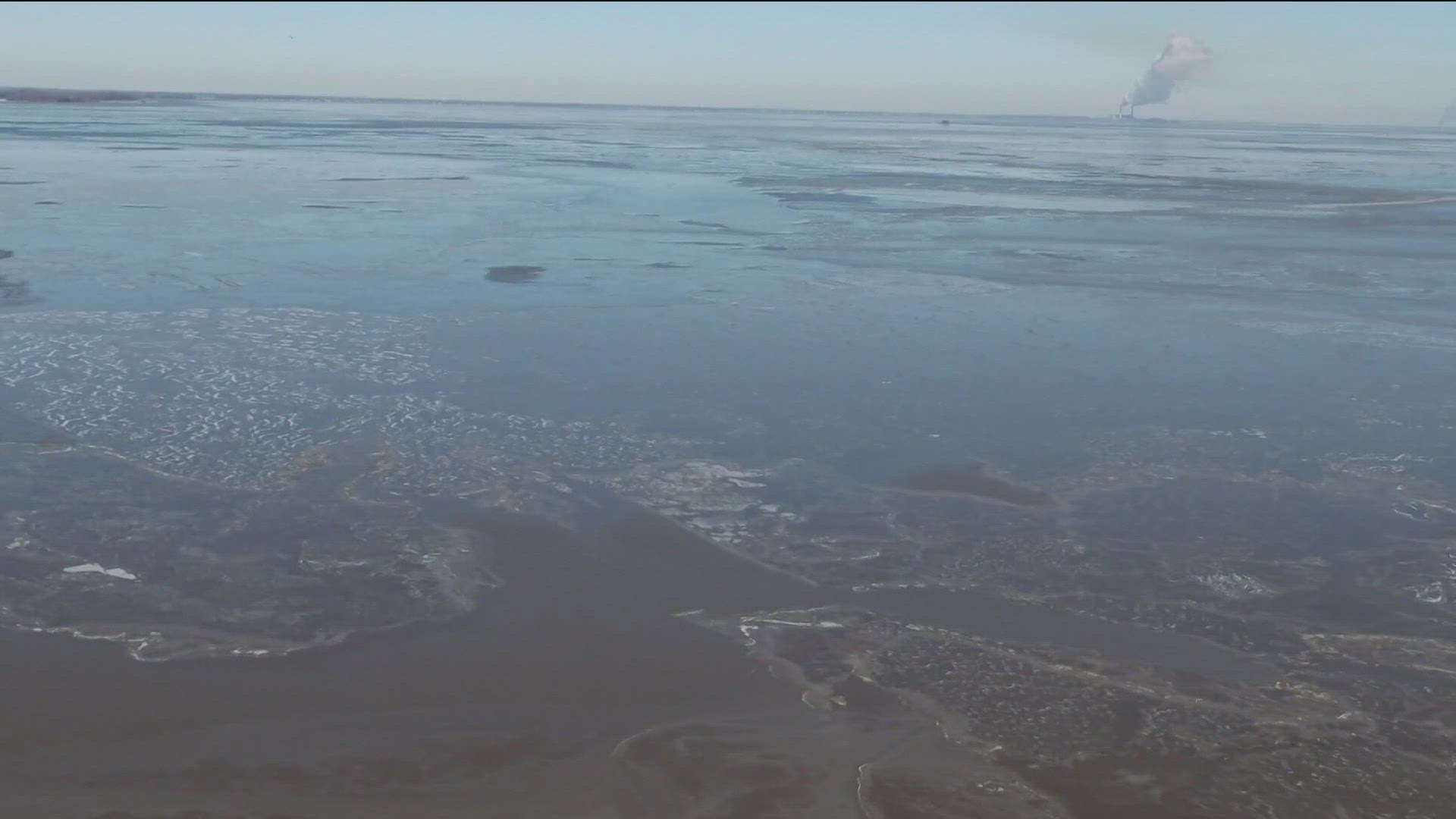TOLEDO, Ohio —
There has been improved awareness and advancements in technology to improve the health of Lake Erie over the past 10 years, including an agreement signed by the U.S. and Canada in 2015 to work toward reducing phosphorus.
Per the Western Basin of Lake Erie Collaborative Agreement, the goal was to reduce the total and dissolved phosphorous entering Lake Erie's western basin by 40% by 2025. The year 2008 was used as a base year for measurement.
At a County Commissioners Association of Ohio water task force meeting on Wednesday, it became clear that the goal may be out of reach.
"We're not there yet," said Lucas County Commissioner Pete Gerken. "We're only probably halfway there."
George LaBarge, a field specialist with Ohio State University, said there has been a decrease in the amount of phosphorous being put onto agricultural fields through fertilizer, but there has been an increase in the amount of manure excreted.
This combination has caused there to not be the phosphorous decrease expected in the lake.
"It's not where we want to be," Gerken said. "If we have to recalibrate, I think we're going to need more stringent policies. I think voluntary compliance has taken us far. There are always actors out there that are going to cut through holes. I think we heard that from the livestock people."
If livestock farmers have a certain amount of animals, they will be considered a concentrated animal feeding facility and must follow permits and regulations, especially when it comes to manure.
Samuel Mullins, chief of the Ohio Department of Agriculture's division of livestock environmental permitting, said there are farms in the state that try to find loopholes to avoid those regulations. One of those loopholes is having just under the threshold of livestock to be considered a CAFF.
Gerken said this should be addressed, along with stronger restrictions on livestock operations in general.
"We're not making progress," he said. "I don't have to be in science to figure out this number. What we're doing isn't working in the time frame we're doing it. Manure is an addition to it and it's holding us back. We need to go after those concentrated feeding operations."
Gerken said potential policy changes to reduce phosphorus levels discussed at the meeting on Wednesday will eventually be brought to the CCAO.

